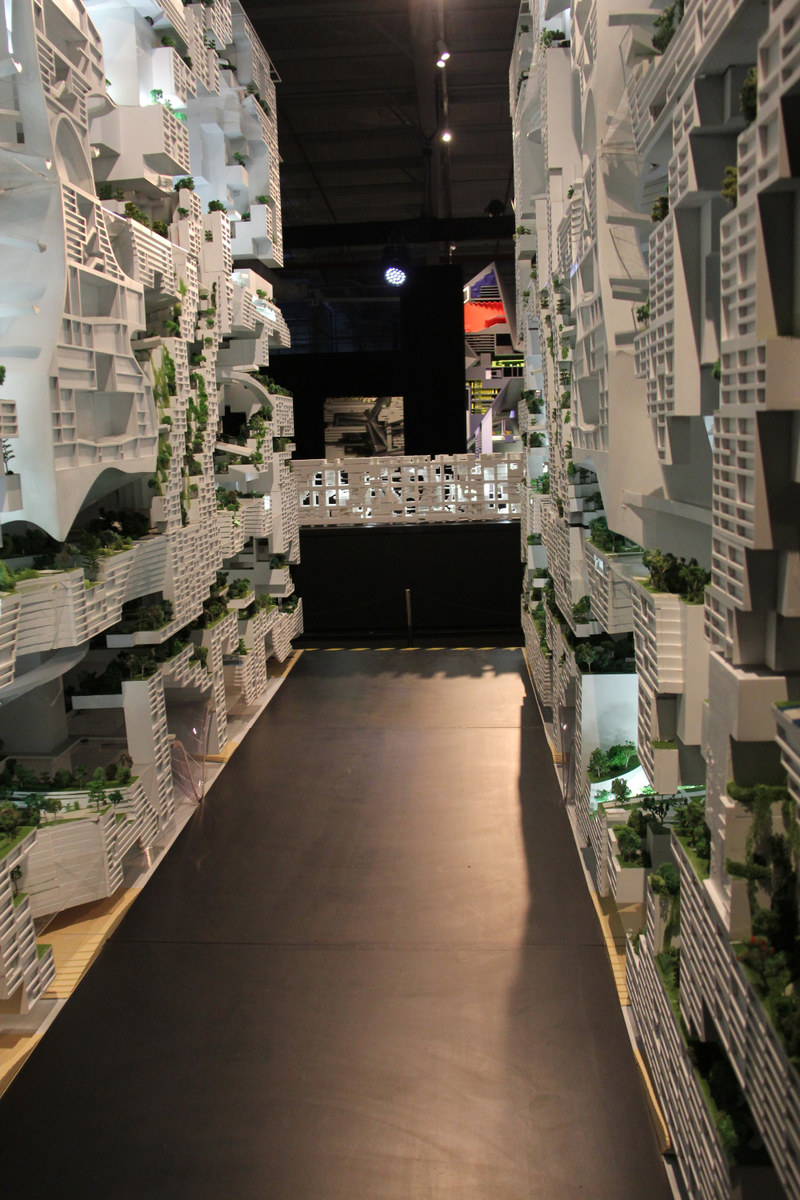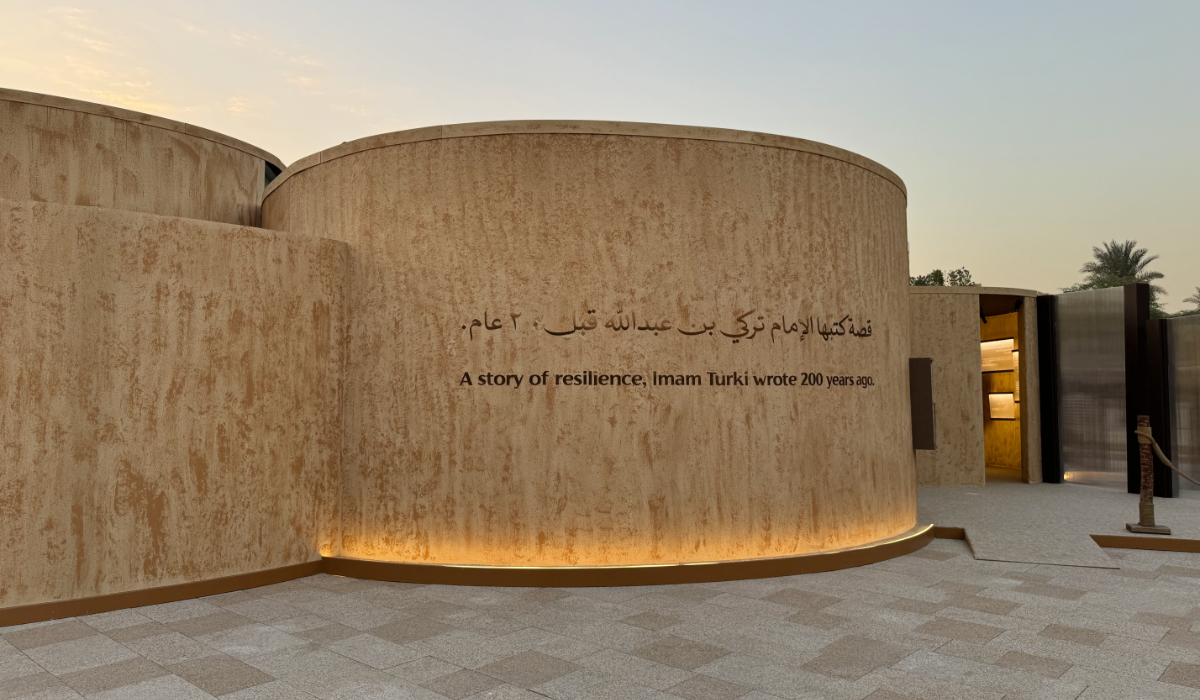RIYADH: An exhibition showcasing a smart city being built as part of the NEOM project in northwestern Saudi Arabia has gone on display in Riyadh.
The Line development will be constructed using revolutionary architectural designs and urban planning concepts and the exhibition will run until April 29 at the Diriyah Biennale Foundation for Contemporary Art in Riyadh’s Jax district.
Visitors will be given a glimpse into life without streets, cars, or emissions in the futuristic linear city.

THE LINE Experience Exhibition in Riyadh showcases its revolutionary designs for Livability. (AN photo by Abdulaziz Aloraifi)
A spokesman for the project told Arab News: “The future is here. Unlike traditional cities, The Line will run on 100 percent renewable energy, prioritize health, and promote a sense of well-being for residents and visitors over transportation and infrastructure.”
The city will be 200 meters wide, 170 kilometers long, and rise 500 meters above sea level and will contribute to conserving 95 percent of NEOM’s land and support environmental sustainability.
HIGHLIGHTS
• THE LINE Experience runs until April 29 at the Diriyah Biennale Foundation for Contemporary Art in Riyadh’s Jax district. Free tickets can be booked online.
• THE LINE is NEOM’s smart city of the future that maximizes sustainable living with innovative design and infrastructure. The city will be 200 meters wide, 170 kilometers long, and rise 500 meters above sea level, with the capacity to house 9 million people.
“There will be no cars, but a high-speed railway will take residents and visitors across its length,” the spokesman said.

THE LINE Experience Exhibition in Riyadh showcases its revolutionary designs for Livability. (AN photo by Abdulaziz Aloraifi)
He pointed out that The Line design was based on a new concept of zero gravity urbanism, the idea of layering city functions vertically while enabling inhabitants to move seamlessly in the city in three directions – up, down, and across – offering quick access to offices, schools, parks, and residential facilities.
The Line’s unique modular design ensures that all facilities and amenities can be accessed within a five-minute walk.
Using an innovative design that requires minimal space and less water, hydroponics gardens will grow fruit, vegetables, and flowers in half the time of traditional agriculture methods.

THE LINE Experience Exhibition in Riyadh showcases its revolutionary designs for Livability. (AN photo by Abdulaziz Aloraifi)
The Line, which will become home to 9 million people, was announced by Crown Prince Mohammed bin Salman, chairman of the NEOM board of directors, in July.
NEOM has several ongoing megaprojects, one of them being Trojena, a year-round winter sports complex designed by Iraqi British architect Zaha Hadid. And what will be the first outdoor ski resort in the Gulf Cooperation Council region, is set to host the Asian Winter Games in 2029.
Another megaproject is Sindalah Island, a luxury tourist destination.
Exhibition visitors can opt to take a guided tour conducted in Arabic and English, while free tickets can be booked at https://theline.halayalla.com/en-us.








































